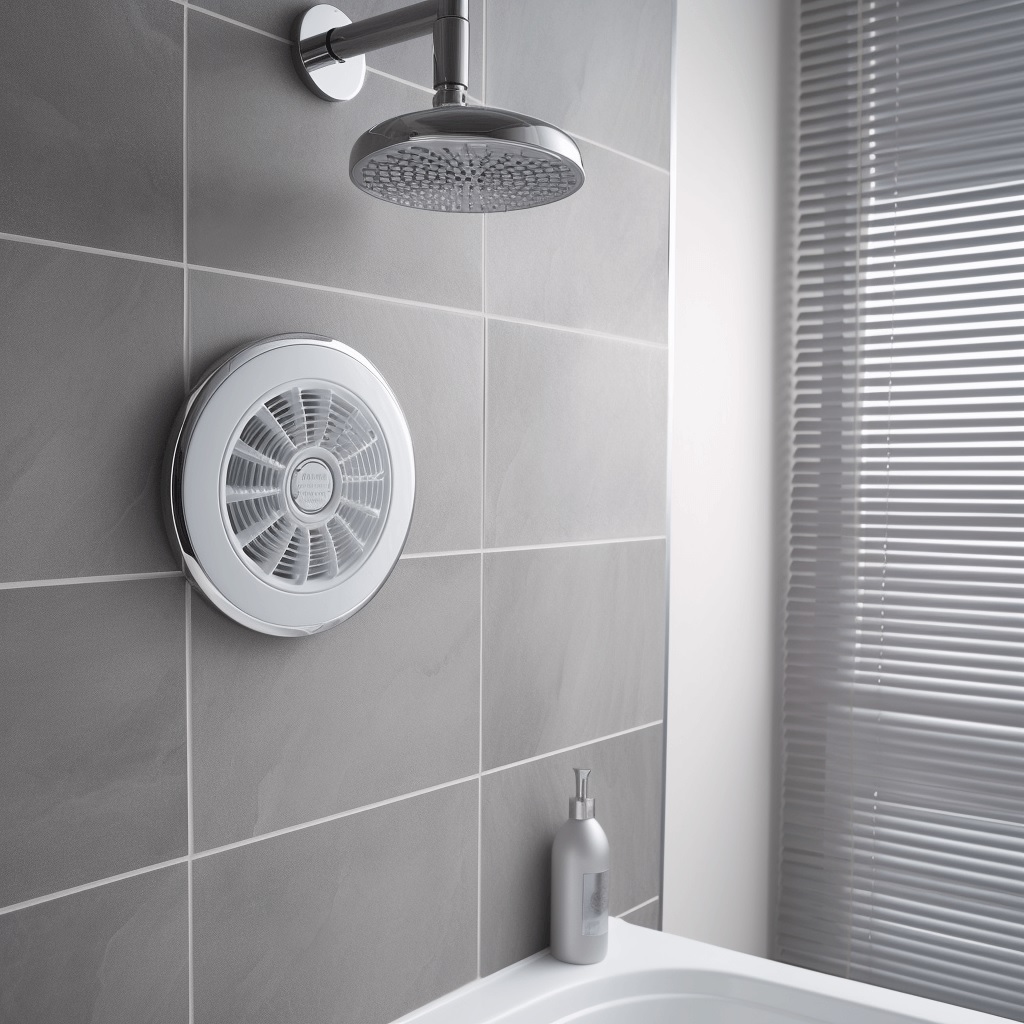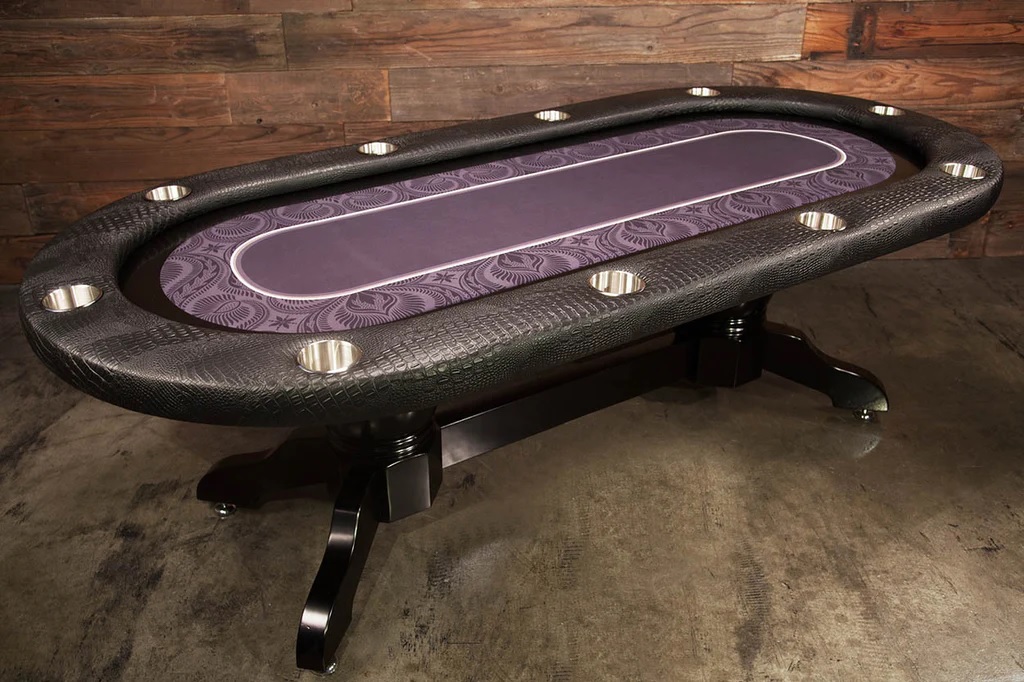There is no room in the normal family where it is more vital to introduce an extractor fan than the washroom. Forestalling buildup develop, sodden, shape and scent, a straightforward 4 inch model will assist with keeping your washroom wonderful! The decision of restroom extractor fan has never been more prominent, incorporating those with clocks, those with PIRs, those with humidistats, low voltage fans, low energy fans, slimline fans, and inline fans. This immense decision of extractor fan can befuddle. The accompanying article is planned as a manual for assist the homegrown purchaser with picking the right restroom fan.
1. Wiring guidelines and Washroom Zones
2. Extractor Type
3. Size
4. Air Extraction Rate
5. Activity
6. Clamor
7. Feel
1. Wiring guidelines
Since electric and water can make for a lethal blend, severe guidelines were brought isolating the restroom into 4 zones: 0, 1, 2, 3. Zone 0 is in the shower. Zone 1 expands upward 2.25m over the shower. Zone 2 stretches out this way and that for 0.6m from zone1 and zone 3 broadens along the side for 2.4m from zone 2.
It is fundamental that you introduce the right fan in the right zone. Washroom fans come in two voltages; Mains voltage (240v) and SELV or Wellbeing Additional Low Voltage (12v). Mains voltage washroom extractor fans may just be utilized in Zone 3 of the restroom. In Zones 1 and 2 SELV washroom fans (12 volt) Just should be utilized, with the transformer being housed in Zone 3. The main exemption for this standard is the Wind current QuietAir: A mains voltage restroom extractor fan that has been explicitly planned with an IP45 rating to be utilized in each of the 3 zones. Inline fans are one more unique sort of 240v washroom extractor fan which are housed in the space over the restroom in two lengths of ducting. Since the engine, impellars and all electrical parts are out of the zonal region, with just the pipe and grille in the restroom roof, they also are appropriate for use in zone 1 or 2 over the shower or shower.
2. Sorts of washroom extractor fan
There are two primary kinds of washroom extractor fan: Hub and Radiating. Hub fans are the ones that you are accustomed to seeing on walls and roofs and will generally have air extraction paces of between 85m3/hr and 95m3/hr on the 4 inch models. These are appropriate for standard establishments where the fan is expected to be ducted through the wall. Divergent fans will quite often be (however not consistently) inline conduit fans. (see past segment). Divergent fans are generally considerably more impressive than hub fans with air extraction paces of between 110m3/hr and 220m3/hr on the 4 inch models. Radial fans are especially appropriate to establishments where long conduit lengths are required. The Vent Axia Solo Furthermore, for instance, can be utilized in conduit approaches 50m!
3. Sizes of washroom fans
Homegrown washroom extractor fans come in two sizes: 4 inch/100mm and 6 inch/150mm. In pretty much every case a 4 inch washroom extractor fan will get the job done. Six inch fans need just be viewed as in restrooms more prominent than three meters squared, or where extraordinary conditions require an all the more impressive fan,…such as washrooms with no regular ventilation or especially cool, north-bound restrooms.
4. Air Extraction Rate
Estimated in ‘Liters each Second’ (L/s) or ‘Meters Cubed each Hour’ (m3/hr), the air extraction pace of a washroom extractor fan is quite possibly of the main thought. The Structure Guidelines specify that a washroom extractor fan should remove no less than 15L/s in a standard homegrown restroom. Most 4 inch washroom extractor fans far surpass this base prerequisite, and these days the standard is 85m3/hr. Any washroom extractor fan with an extraction pace of 90m3/hr or above might be thought of as strong.
5. Activity
Washroom extractor fans have a scope of functional elements to suit various applications. The most straightforward is on/off by means of the washroom light switch or indispensable pullcord. Restroom fans with essential clocks are perfect in washrooms where enormous form ups of steam cause buildup issues, as the over run clock will keep the fan running for an ideal period after it has been transformed off….particularly valuable on the off chance that the fan is wired into the lighting circuit. Guardians might lean toward a restroom fan with a PIR sensor which will work the fan consequently when anyone enters the washroom, while Landowners like those with dampness sensors, which switch on naturally when the overall stickiness arrives at a set level. This implies that occupants are not depended upon to physically work the restroom fan.
6. Commotion
Commonplace dB estimations for hub restroom fans range somewhere in the range of 35dB(A) and 45dB(A) with the more remarkable radial washroom fans somewhere in the range of 40dB(A) and 55dB(A). While diffusive fans are stronger, it ought to be recollected that they are housed in the space as are protected and further away, lessesning the volume to some degree.
7. Style
Keep in mind: you are probably going to see this fan each time you utilize the restroom. The cash you saved money on it while buying will before long be neglected, so don’t introduce a monstrous fan since it’s modest. Mortgage holders are spending more in making their restrooms wonderful with cool lighting and astounding apparatuses and fan plans have improved colossally. The old ‘box with grilles’ is gradually being supplanted with inconspicuous and unobtrusive ’tile’ type plans which sit easily with any washroom stylish.









